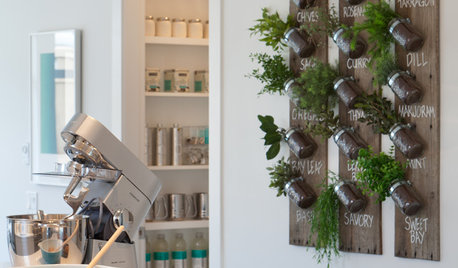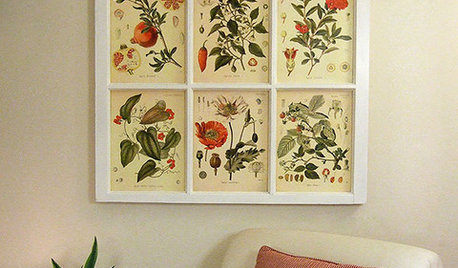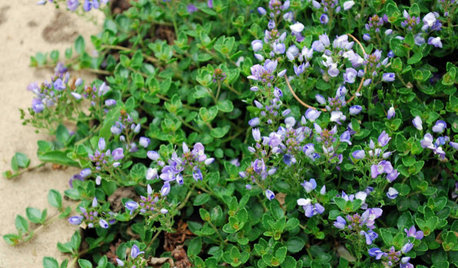New to Market Gardening
sunflower1948
19 years ago
Related Stories

SHOP HOUZZShop Houzz: In the Market for Fresh Herbs
Add a fresh look or scent to your home with these herb-inspired finds
Full Story
DECORATING GUIDESBone Made Strong Showing at High Point Market
From small boxes to big lighting fixtures, bone and bone inlay had a solid presence at the 2012 High Point Market
Full Story
MOVINGTips for Winning a Bidding War in a Hot Home Market
Cash isn’t always king in a bidding war. Get the home you want without blowing your budget, using these Realtor-tested strategies
Full Story
DECORATING GUIDESFlea Market Finds: Demijohns Around the Home
Once purely functional, now decorative, these bottles are worth the hunt
Full Story
VINTAGE STYLEHouzz Tour: Flea Market Decor Done Right in Finland
Forget fusty and dusty. Secondhand finds in this home are as bright and cheery as if they just stepped off the showroom floor
Full Story
DECORATING GUIDESFlea Market Finds: Botanical Prints
Historical Plant Illustrations Flourish on the Wall
Full Story
VINTAGE STYLEFlea Market Find: Vintage Ladders
You can use them to hang linens, stack plants and add rustic charm to a room
Full Story
GARDENING GUIDES8 Perennials for Great Fall Color
Trees haven't cornered the market on autumn splendor. Add these flowering perennials for a foliage sight to behold
Full Story
GARDENING GUIDESGreat Design Plant: Veronica
Consider adaptable Veronica, or speedwell, for its colorful blooms, butterfly-drawing power and low maintenance requirements
Full Story
GARDENING GUIDESGreat Design Plant: Milkweed
Quit cringing. This not-weed plant is a sight to behold in the garden, has a delicious vanilla scent and is a magnet for butterflies
Full StorySponsored






mark_brown
ohiorganic
Related Professionals
Clemson Landscape Architects & Landscape Designers · Cottonwood Landscape Architects & Landscape Designers · Norton Shores Landscape Architects & Landscape Designers · Parole Landscape Architects & Landscape Designers · Willowick Landscape Architects & Landscape Designers · Camp Verde Landscape Contractors · Fort Worth Landscape Contractors · Golden Landscape Contractors · Harvey Landscape Contractors · Wareham Landscape Contractors · West Orange Landscape Contractors · Kingsburg Landscape Contractors · Bensenville Landscape Contractors · Belleville Solar Energy Systems · Lodi Solar Energy Systemsjayreynolds
hmeadq